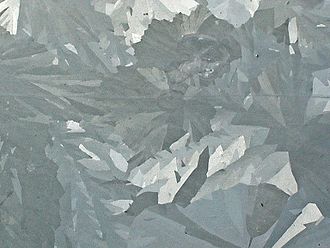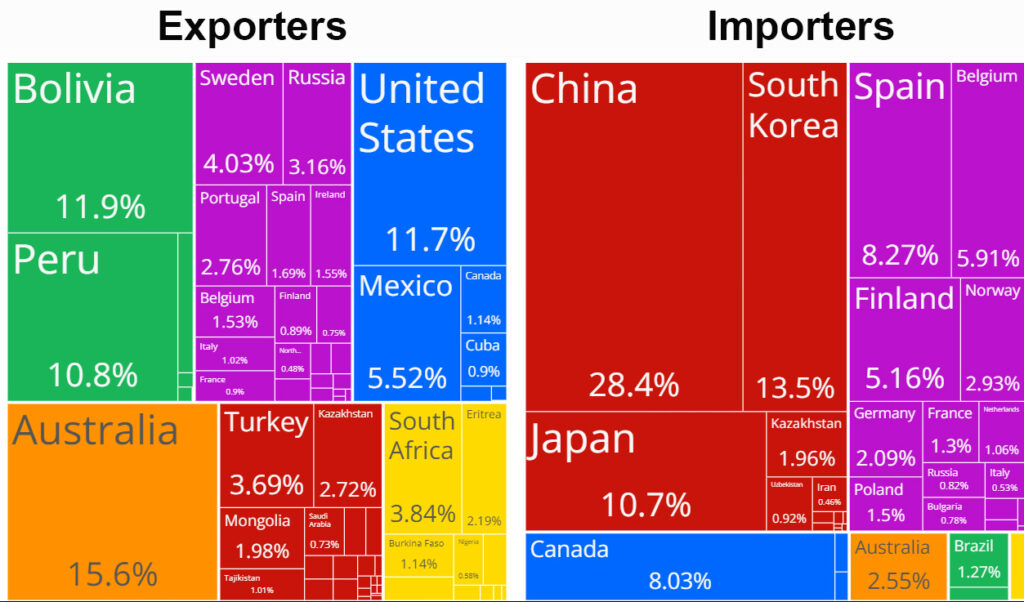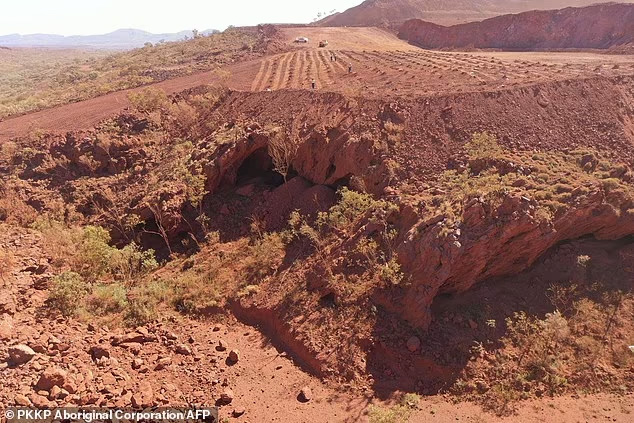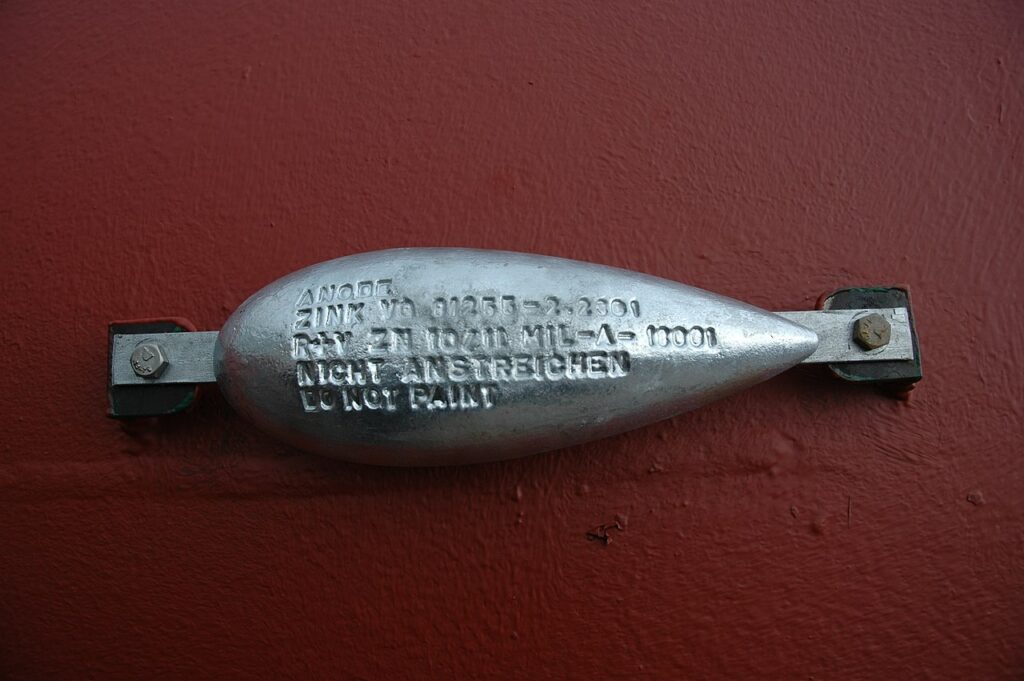The dual theme of my A to Z Challenge this year is the world of Commodities and Poetry Forms so the juxtaposition of these two themes may throw up some strange poems – could be a Heroic Ode to Heating Oil or will it merit a Haiku or a Haibun – whichever, I will be endeavouring to bring you interesting facts about commodities that may change the way you think about the stuff we variously depend on…
By commodity I mean certain items that are of both sufficient value/volume to be traded in special markets and are generally volatile enough to attract traders in “Futures” which are a way of hedging bets in the trading world of stocks, shares and commodities.The A to Z Challenge runs throughout April and will consist of 26 posts – there are only a couple of letters for which I couldn’t find commodities but plenty of poetry forms to carry the day!
The A to Z Challenge runs throughout April and will consist of 26 posts – there are only a couple of letters for which I couldn’t find commodities but plenty of poetry forms to carry the day!
In 2022, worldwide trade in Zinc Ore was worth $14.1 billion and it was the 297th most traded product.
If you have ever looked at say, steel railings and noticed a blotchiness to the surface, you are looking at crystals of zinc applied by hot dipping the steel (Galvanising) to protect it from rust.

Zinc is an important metal that has been used since ancient times – long before the element was properly isolated and named. It is also vital to life as a trace element but can be toxic in excess. It has many uses – one third goes to galvanising steel and iron and so as a commodity, watching the demand for steel – especially in China, is a key indicator of demand. Other uses include alloying – most notably with copper to form brass, Diecasting metal parts for such things as Automobile parts, zinc oxide is used in many industries, including paint, rubber, cosmetics, pharmaceuticals, plastics, inks, soaps, batteries, textiles, and electrical equipment, and Zinc sulfide is an important component in many products, including luminous paints, fluorescent lights, and x-ray screens.
You may have noticed that the trading figures at top refer to Zinc Ore rather than Zinc itself which suggests that the places that mine the ore do not necessarily wish to refine the ore into metal and in any case, as we can see from the use of zinc compounds above, metal is not always the desired form of zinc. It also suggests that the zinc content of the ore is sufficiently concentrated as to make shipping the ore financially viable. The diagrams below show the major exporters and importers of Zinc ore.

You will notice that the largest producer is Australia and the largest company mining Zinc there is Rio Tinto – in fact at one time it was known as RTZ – Rio Tinto Zinc. In recent years, Rio Tinto (you can read their history here) were embroiled in a massive scandal after they blew up an aboriginal shelter in the Juukan Gorge which had evidence of continuous use for 46,000 years – in other words – throughout the last Ice Age! Although this demolition was in order to expand an iron ore mine, it brings into sharp relief the colonial occupation of lands all over the world and the issue of who has ownership of the land and mineral rights – the native populations or the colonial occupiers. As a result of the worldwide condemnation of this act of cultural vandalism, the Western Australian government was able, just this March, to ram through bipartisan legislation further protecting aboriginal lands although as the deadline for the implementation of the act approaches, there is huge debate about the perceived draconian nature of its clauses and what impact that will have on Australia’s economy – choice, choices…

The carpet-bagging, swashbuckling, vicious age of Imperialism and Colonisation may be in the rearview mirror of the past but aboriginal/native peoples around the world are finding a voice in the present and questioning their right to own what was taken from them and where such actions are taking place in what were remote sites out of sight of the world, are now open to live scrutiny and monitoring in the modern age of satellite technology and the whole world is connected by an internet that can mobilise at an instant – so no longer are dark deeds out of sight – out of mind… If laws like those in Australia make it more difficult to exploit the environment without concern for the planet and the local environment of the extraction, then it gives us pause for thought. Of course, some native peoples may be delighted to benefit from resource extraction, but more commonly, those people’s attitude to the environment is one of stewardship and we could learn from their wisdom. We also have to be careful that if a battle for the benefit of the environment is won in one place where vocal stewards succeed in making their voice heard, the environment of some other, less visible part of the world does not suffer instead – we live in a global village and there is no place to shit with impunity – as the effects of global warming are increasingly demonstrating. Unfortunately, it is still the case – as it ever was – that the resources we “need” often come from the Third World and so it is doubly unfair that they are the ones suffering the most from Climate Change. If Zinc could only be found beneath New York, how different do you imagine the extraction process would be?
Because Zinc was not fully recognised or understood in ancient times , even if it was contributing to metallurgy in instances such as Brass – and the many uses of Zinc in the modern world only followed on from 18th century developments in smelting – zinc or its compounds were discarded in earlier mining of other metals such as lead (zinc often occurs with lead and other metals) and the dumps of the past mining operations can leach zinc and cadmium into the environment polluting rivers. A little zinc may be necessary for life but too much is toxic.
Zinc is used as the anode in Zinc-Carbon batteries and its property of attracting oxidisation to itself above othe r metals, means it is used as a sacrificial anode – attach a strip of zinc to an iron rudder and the zinc will gradually erode but not the iron. There is so much to say about Zinc but we are nearing the end of the A-Z Challenge 2024 and both I, and I imagine you, dear reader, are getting saturated with reading and so if you want to know more facts about all aspects of Zinc, then Wikipedia, as ever has an excellent article…
And so to the poem of the day – the form is Zuhitsu and unlike other poetic forms originating in Japan, this is no tightly specified set of rules about syllable count, line length or even appropriate subject matter – meaning “Follow the brush…” – Zuhitu is the very opposite! Although seen as early as 1002 AD, you could be forgiven for mistaking it as very modern because it is eclectic, “composed largely of interwoven writings in prose and poetry on ideas or subjects that typically respond to the author’s surroundings” (American Academy of Poetry). It is not unlike the modern Lyric Essay an example of which is Cluadia Rankine’s ground-breaking American Lyric trilogy, Don’t Let Me Be Lonely (2004), Citizen (2014) and Just Us (2020) – you can read an extraact here. Another modern eponymous example is “Zuhitsu” by Jenny Xie. It seems appropriate that as I draw to a close my theme of Commodities, and as I reflect on the themes of imperialism, exploitation and environmental damage, this is the final poetry form I encounter…
Zinc – a Zuhitsu
I like to trace the outline of zinc crystals in the galvanised surface of metal railings – a secret of chemistry hiding in plain sight for those who know. How dull the world without that knowledge and how multi-layered my view is – like wearing Google glasses and looking upwards to see “Blue sky – an effect of atmospheric diffusion of sunlight” superimposed across the sky. Does it spoil the sky to be so emblazoned? No I turn off my knowledge at will and simply enjoy the change from blue to black and all the sunset colours in between.
We are all the children of chemistry, and physics melded together in biology and we need to know the elements that make us tick even though we hand that research off to specialists – trust them to find the answers and point us down the paths of health – learn what you can, from ancient practices like naturopathy to modern science explained in clearest terms in New Scientist – inhabit yourself through knowledge applied with wisdom.
I am growing old – sixty-nine journeys round the sun and each time my cells regenerate (I am not the man I used to be) they accumulate tiny errors like a multi-generational photocopy which in my case manifest as wrinkles, age spots – blotches of brown on the backs of my hands. A secretary’s cheeky photocopy of a breast unwisely persuaded at an office party, once copied then copied again and again would too, lose its perky perfection…
I drink an effervescent, orange flavoured glass of Vitamin C with Zinc each morning in case a deficiency of zinc might hasten my end by means of multi -faceted effects on my body and I know I should read the science and see whether it is necessary or whether I have just been seduced by the marketing but I haven’t yet – after all, I’m only human…
© Andrew Wilson, 2024
